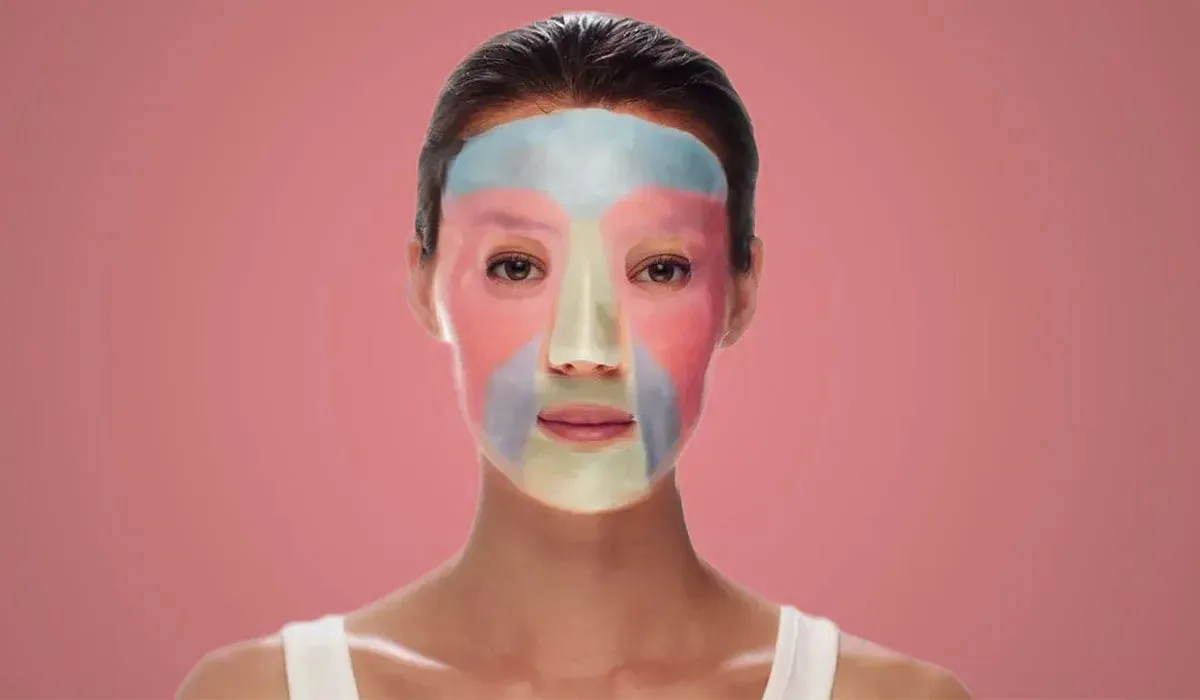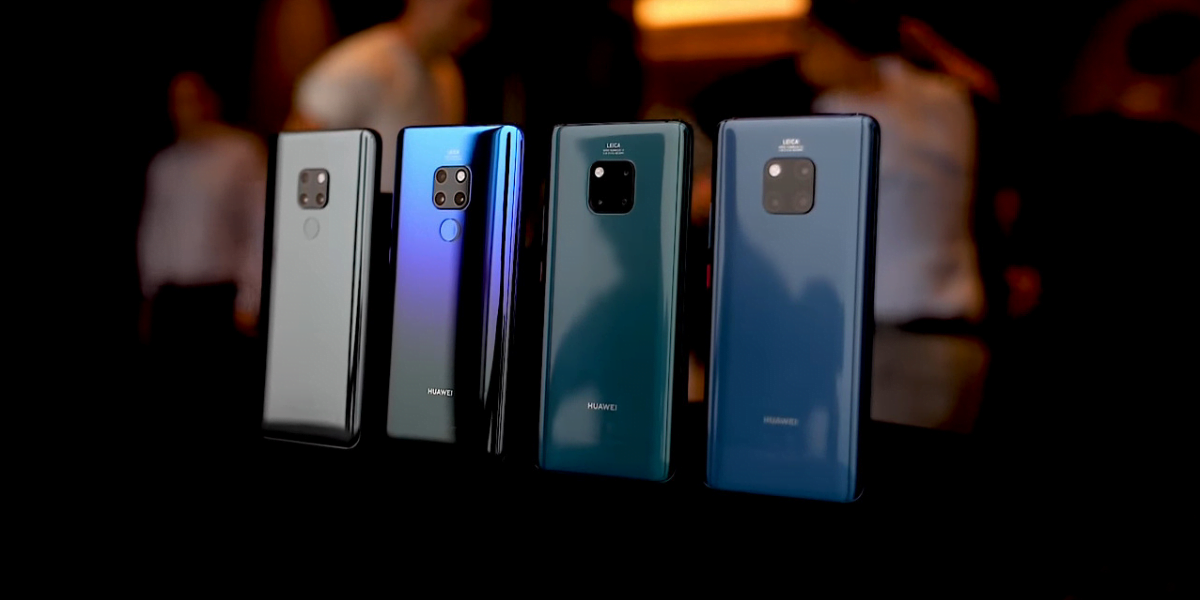More than 15% of the global population lives with some form of disability. It may affect their mobility, prevent access to physical environments and services, or hinder communication. One way to combat the limitations faced by those with a disability is to use assistive technologies and devices. They can maintain, enhance, or improve the functioning of more than two billion people globally, likely needing one assistive product by 2030, and boost overall well-being. Besides, they can even prevent impairments and avert the onset of secondary health conditions.
Functional electrical stimulation therapy to enhance mobility
Mobility problems are frustrating and often have an impact on daily life. They also vary widely from one person to the next. To illustrate, children with cerebral palsy will experience different symptoms and forms of the condition, but most will have mobility limitations. Some are unable to walk, while others require assistance and support.
According to specialists at cpfamilynetwork.org, aids to enhance their mobility can be low tech, such as the use of walkers and manual wheelchairs. More sophisticated forms of technology, such as electric wheelchairs, assist children struggling with their extremities. With the touch of a button, they are now able to move freely.
The good news is that an exciting new technology called functional electrical stimulation can help individuals with disabilities and increase mobility. A small device delivers electrical impulses, targeting specific muscles. The nerves are activated, prompting the muscles to move and training them to function better. This technology can help kids who walk with difficulty move easier and with less pain.
Smart wearables to improve communication and social interaction
In 2017, a law was passed allowing hearing-aid type devices to be sold over the counter instead of going through licensed medical professionals. This opened the door for tech companies to create and market earbuds that can act as hearing-enhancing equipment and provide the added function of streaming music. Examples are the Nuheara IQbuds2 and Olive Smart Ear X, designed to assist people with hearing loss, and at the same time, remove the stigma that is associated with hearing aids.
For older people, the Tempo Series 3 for the home has been recognized at the Consumer Electronics Show (CES) 2020 as the world’s first wearable that notices small changes in the daily activities of a senior that can precede falls, depression, malnutrition, and urinary tract infection (UTI). It alerts families and friends if there are deviations in their activities, allowing time to address or prevent potential problems.
Technology is constantly updated and even goes beyond looking for solutions to address the needs of people with a disability. Using these devices and technology ensures better access to services that will improve mobility, enhance hearing, and predict potential risk for the elderly.







Share Your Thoughts